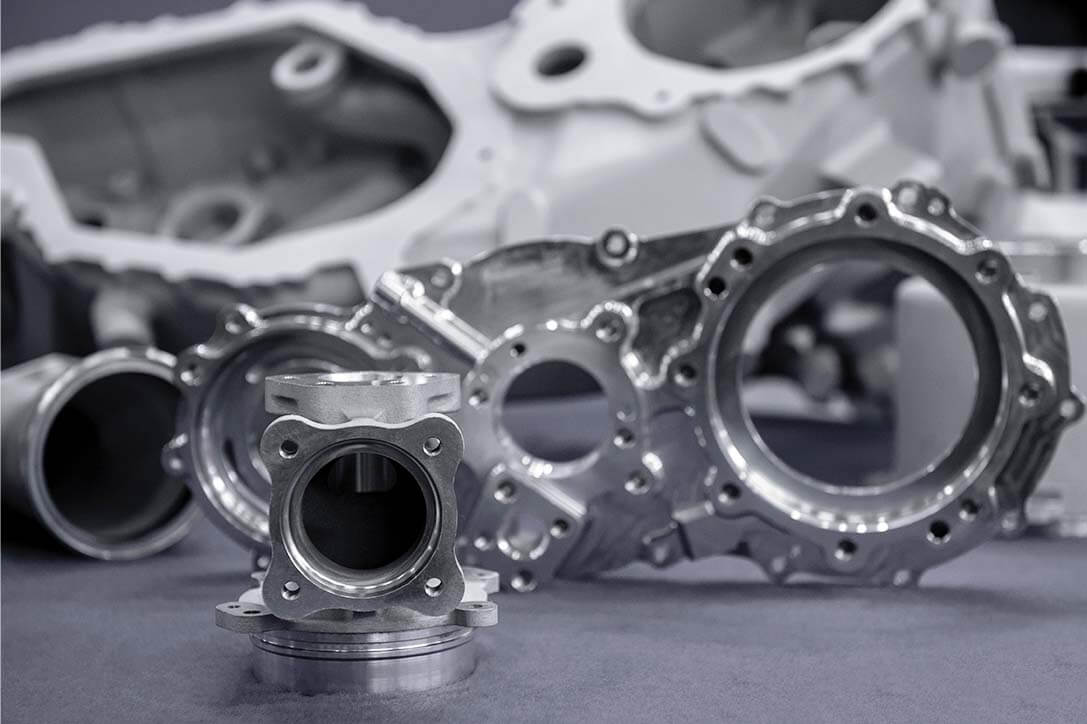CNC Machining Aerospace Parts: 8 Important Things You Must Know
With the rapid development of aerospace technology, CNC machining plays a vital role in the manufacture of aerospace parts. CNC machining technology meets the special requirements of aerospace parts manufacturing with its high precision, efficiency and flexibility.
This article explores eight key aspects of CNC machining aerospace parts, so that everyone can have a comprehensive understanding of CNC machining of aerospace parts.
1.The importance of lightweight metals to aircraft performance
In the aerospace field, lightweight metals such as aluminum alloys and titanium alloys are widely used due to their high strength, light weight and corrosion resistance.
The use of lightweight metals can reduce aircraft weight, improve fuel efficiency, increase load capacity and enhance flight performance. CNC machining is an important method for manufacturing these lightweight metal parts.
2.CNC rapid prototyping is crucial to the development of aerospace
Rapid prototyping technology in aerospace research and development can quickly transform designs into physical models, which is convenient for performance testing and verification. CNC rapid prototyping technology uses precise computer control to produce high-precision part prototypes in a short time, which greatly speeds up the development process.
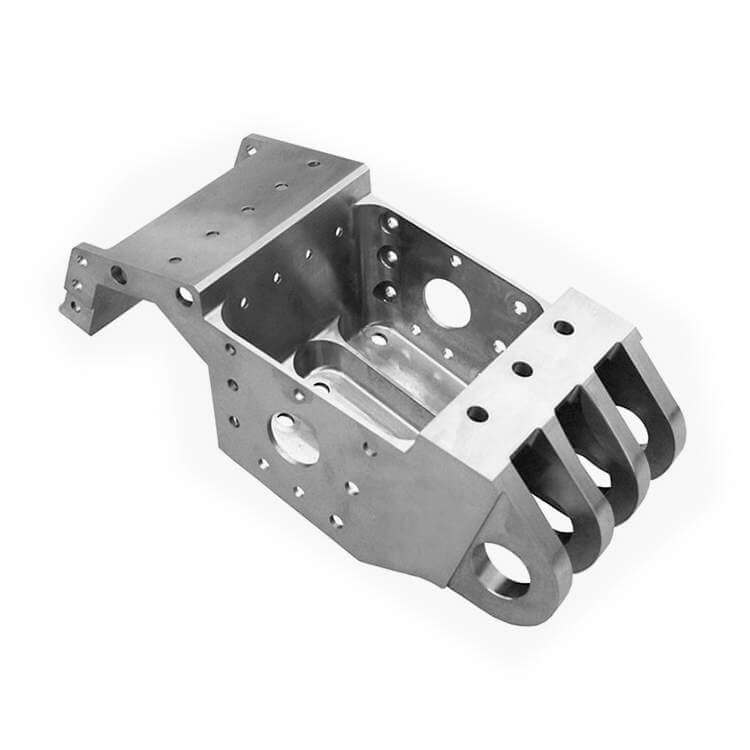
3.5-axis CNC machines help manufacture complex designs
CNC machining aerospace parts often have complex geometries and require high precision. Five-axis CNC machining machines have multi-axis linkage capabilities, which can achieve high-precision machining of complex surfaces. This technology can manufacture aerospace parts with complex design features to meet the specific needs of the aerospace field.
4.AI-assisted CNC machinery drives the future of part production
With the advancement of artificial intelligence technology, AI-assisted CNC machine tools are becoming a major trend in the manufacturing industry. AI enhances process control, optimizes machining operations and diagnoses faults, further improving the production efficiency and quality stability of CNC machining aerospace parts.
5.High-quality materials enhance the level of CNC machining in the aerospace industry
High-quality materials are the basis for manufacturing high-performance CNC machining aerospace parts. With the advancement of materials science, new high-performance materials are constantly emerging. These materials have higher strength, better corrosion resistance and lower density, providing more options for aerospace CNC machining. The use of high-quality materials can produce lighter, more efficient and more reliable aerospace parts.
6.How to reduce the manufacturing cost of CNC machining aerospace parts?
Reducing manufacturing costs is a key issue in aerospace CNC machining. Costs can be effectively reduced by optimizing machining processes, improving equipment utilization, and reducing scrap rates.
In addition, the implementation of advanced production management systems and automated equipment can further improve production efficiency and quality stability, thereby reducing manufacturing costs.
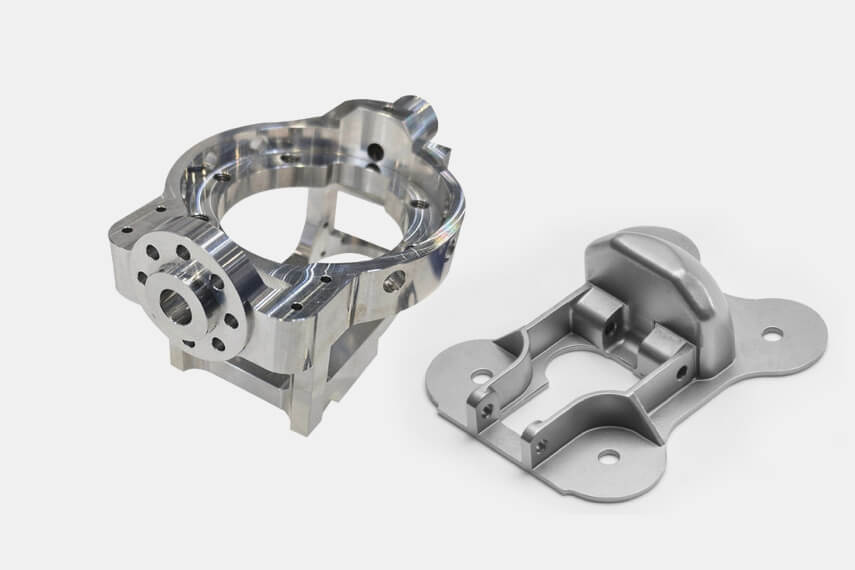
7.Quality control is essential for CNC machining aerospace parts
The quality of CNC machining aerospace parts is directly related to flight safety and mission success. Strict quality control measures must be implemented during the manufacturing process, including raw material inspection, process monitoring, and comprehensive product testing. Ensuring that parts meet relevant standards and requirements is essential to maintaining high quality.
8.Trends shaping the future of aerospace CNC machining
With the continuous advancement of technology and changes in market demand, the field of aerospace CNC machining faces new opportunities and challenges. Future trends include improved precision, improved efficiency, increased intelligence, and sustainability. With the emergence of new materials and processing technologies, the field of aerospace CNC machining will continue to expand and develop.
9.Common Problems in CNC Machining Aerospace Parts
Despite the many advantages of CNC technology, some common challenges and problems may still occur during CNC machining of aerospace parts:
1) Unstable machining accuracy
CNC machining aerospace parts requires extremely high precision. Unstable machining accuracy can lead to poor performance or failure to meet specifications of parts. Reasons may include machine wear, tool wear, and thermal deformation. Regular maintenance and calibration of machines, timely replacement of worn tools, and optimization of machining parameters are essential solutions.
2) Low machining efficiency
In the aerospace industry, time is often more important than money. Inefficient machining will delay project progress. Reasons may include inefficient programming, improper tool selection, and incorrect cutting parameters. Improving efficiency requires optimizing programming strategies, selecting appropriate tools and cutting parameters, and considering advanced technologies such as parallel machining.
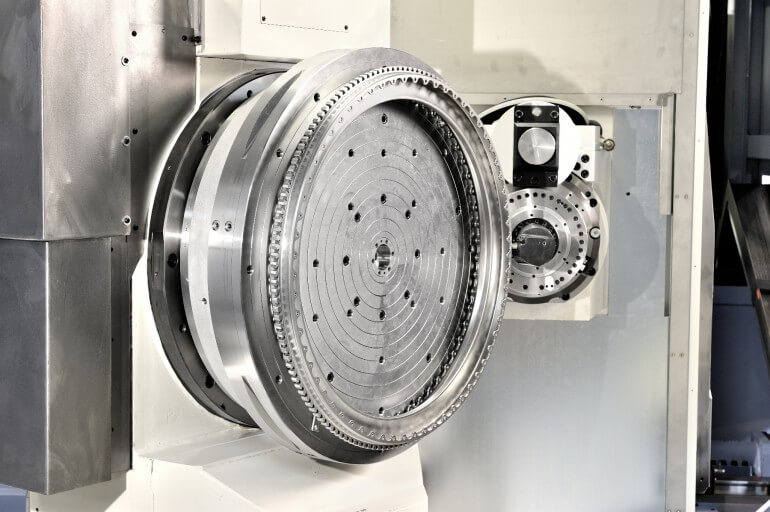
3) High scrap rate
High scrap rate increases manufacturing costs and affects project schedules and delivery quality. Reasons include material problems, improper machining processes, and operator errors. Reducing scrap rates requires strict material selection, optimized machining processes, enhanced operator training, and quality inspection and traceability mechanisms.
4) Poor material machinability
Aerospace materials often have unique machining properties such as high hardness and high toughness. Poor machinability leads to increased machining difficulty and tool wear. Solutions include selecting appropriate tools and cutting parameters, adopting appropriate cooling and lubrication methods, and considering pre-treatment of materials to improve machinability.
5) Challenges in machining complex parts
Aerospace parts often have complex geometric shapes and dimensional requirements. Challenges may include positioning difficulties, inadequate fixture design, and tool interference. Solutions include advanced positioning technology and fixture design, optimized tool paths and cutting parameters, and simulation technology for predicting and solving problems in advance.
6) CNC programming and operation challenges
CNC programming and operation are the core links of mechanical processing. Aerospace processing has higher complexity and precision requirements. Solving these challenges requires advanced programming technology, operating skills, and effective communication and collaboration with engineers and technicians. The introduction of automated programming and simulation technology can also improve efficiency and accuracy.
7) Environmental and sustainability challenges
With the increase in environmental awareness and strict regulations, aerospace CNC machining also faces environmental and sustainability challenges. Solutions include adopting green machining technology and energy-saving equipment, reducing waste liquid and waste material emissions, and strengthening material recycling and reuse.
8) Supply chain management issues
The manufacturing process of CNC machining aerospace parts often involves multiple suppliers and partners. Poor supply chain management can lead to material shortages and delivery delays. Solutions include strengthening supply chain coordination and management, establishing long-term and stable partnerships with suppliers, and introducing advanced supply chain management technologies and systems.
By paying attention to and solving these common problems, the efficiency and quality stability of CNC machining aerospace parts can be improved, manufacturing costs and scrap rates can be reduced, and greater contributions can be made to the development of the aerospace industry.
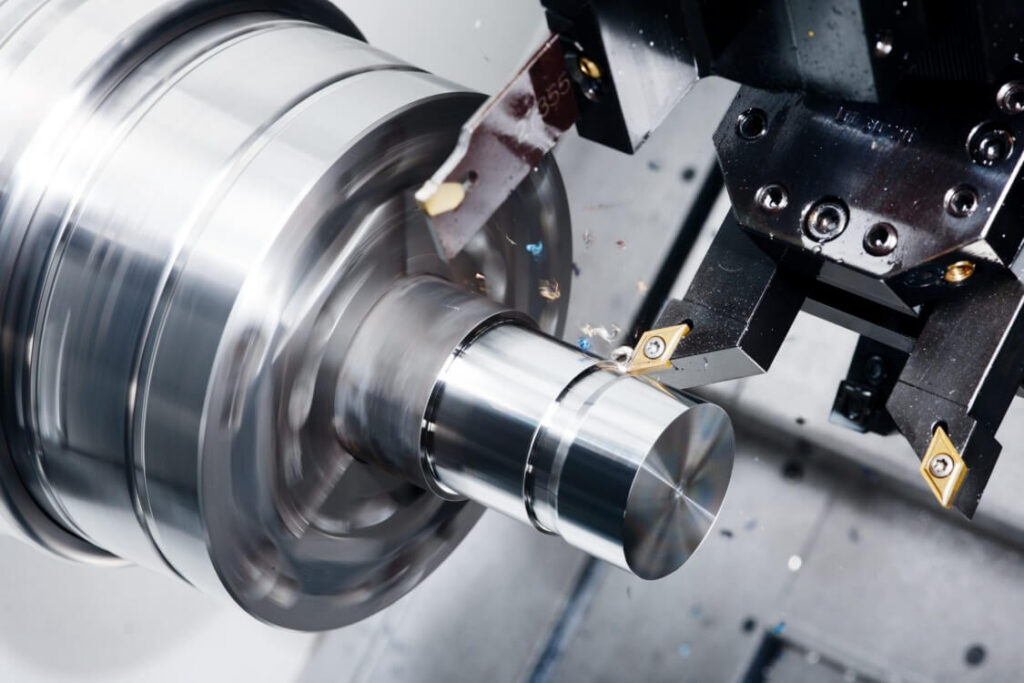
10.Conclusion
CNC machining technology plays a vital role in the manufacturing of aerospace parts. By understanding the importance of lightweight metals, the advantages of CNC rapid prototyping, the application of five-axis CNC machine tools, the development of AI-assisted CNC machinery, the use of high-quality materials, cost control strategies, the importance of quality control, and future trends, we can better grasp the key technologies and management methods of CNC machining aerospace parts. This knowledge will make a significant contribution to the development of the aerospace industry.
